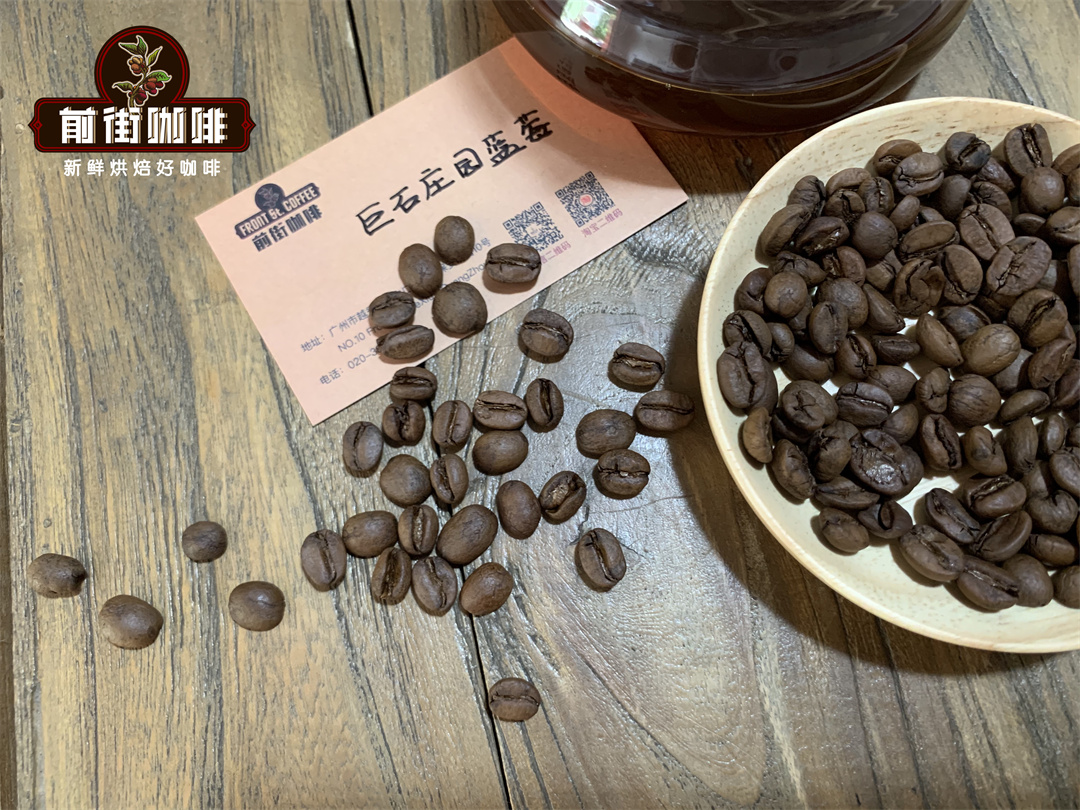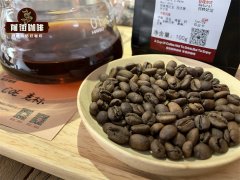Changes in the Colombia Fine Coffee Industry Exploring the Origins of Colombia Coffee
Have you ever heard of such a well-known coffee name as Juan Valdez? Yet Juan Valdez is not even real. He is just a fictional character invented by the marketing team of Fedecaf é, Colombia's National Coffee Association, in the 1950s. Once upon a time, however, coffee was an exotic crop that colonized the land of Colombia.
Centuries of adaptation, innovation and respect for the environment have shaped the country's coffee production, from pest management to specialty industries.
Colombian coffee
Juan Valdez may have been invented in the 1950s, when the second wave was in full swing, but he also heralded many elements of boutique coffee. Focus on origin, seed-to-cup journeys and production methods: these were first introduced in old-fashioned TV commercials featuring Juan and his crops.
More importantly, Colombia claims to produce the "strongest" coffee around it, prompting people to realize that coffee is not just "coffee", it is actually a kind of fruit. It's a trendy idea that different coffees actually taste different. By the late 1970s, the coffee industry began to pay attention to this. Colombia has become a global leader in marketing and education. It is only 230 years since the crop first appeared in South American countries.
Coffee is an exotic crop.
Missionary Jose Jose Gumilla first witnessed the existence of coffee in Colombia in 1741. He wrote in his book El Orinoco ilustrado y Defendido that the plant was planted during the introduction of coffee to South America.
Colombia was not called Colombia at the time: it was part of the governor's jurisdiction of the Spanish empire of New Granada, now Panama, Ecuador, Colombia and Venezuela. More importantly, Gumilla is a Jesuit who emphasizes the relationship between Spanish colonization and Arabica coffee.
Coffee was introduced into America through French colonies such as Santo Domingo. From there, it spread to Colombia through Gumira, the Jesuit priest who promoted the development of the Spanish empire. Coffee may be a symbol of Colombia, but in Colombia coffee is a symbol of colonization.
This is very important. As we track the expansion of the language and religion of the colonists, we can see the development of coffee crops in America. We can see how areas of domestic production, such as Tolima and the Coffee Triangle, are formed.

Colonization and Colombian Coffee
Although coffee was introduced in 1741, it took nearly a century for coffee to become a commercial crop rather than a personal consumption. It takes longer to become common.
The first record of commercial coffee cultivation in Colombia dates from 1835 to 1840, when it was grown in the Santander region, from modern Venezuela. Marco Palacios writes in his book Coffee and Colombia that it has gradually replaced "an agricultural economy based on medium-sized slave estates that produce cocoa."
In 1870, crops began to be seen in the Kundinamaca and Tolima areas of southwestern Colombia. This is the first coffee route in a country that tried to rise in the mid-19th century, and it explains why the country's oldest coffee crop is located in the western branch of the Colombian Andes.
Today, Tolima is one of the most famous places of origin in Colombia, in both the third and second waves of consumers. Despite their proximity to Kundinamaka, the two areas are known for their different coffee characteristics: coffee in Tolima tends to be more complex, while coffee in Kundinamaka tends to be stronger. However, as with all coffee producing areas, there are exceptions.
Later, coffee reached the Central Mountains, forming the "Colombian Coffee Triangle". The region is the most famous part of Colombia and the hometown of Juan Juan Valdez. When families from Antioquia looked south in search of new land and wealth, it was taken to the Antioquia colony. Agricultural practices that inherit the way coffee is grown today also follow.
Inherited agricultural practice
Colombia does not have the space and landscape of large-scale industrialized agriculture that you might see in Brazil. Quality is where most Colombian farmers can increase their profits, not quantity.
In the country's oldest coffee-producing areas, some agricultural practices are still handed down from generation to generation. Boutique coffee is a relatively new practice here, and in some cases it is produced by the third or fourth generation.
With a deep understanding of the land and climate of the Colombian Andes, some families find the transition to boutique coffee an easy transition. Specialty production and processing are the combination of technological innovation and traditional cultural protection.
Viaduct may be a new concept transferred from Africa, but agroforestry can be traced back to generations. Inherited knowledge vital to trees, wildlife, insects and microbes from ancient farmers. We know that growing coffee in the shade of banana, orange and orange trees creates ideal conditions for the growth of high-quality cherries.
However, new challenges are also emerging.
Modern challenges, traditional farming methods
Climate change has become a new risk for agriculture. Diseases and insect pests have always existed, such as coffee leaf rust and coffee pulp fruit borer, which have thrived in the new climate. Pests are slowly emerging at higher and higher elevations, where the best and most vulnerable coffee grows as the temperature rises.
Growers of all sizes are at risk. Traditional methods sometimes help: encouraging biodiversity can provide protection.
What does coffee mean to Colombia?
Over time, the role of coffee in Colombia has changed, from colonial crops to global leaders to more complex roles. This is a place where producers struggle to meet the new challenges of a mix of ancient and modern farming methods. This is a place where more and more producers are engaged in agricultural specialties, as predicted by Juan Juan Valdez, but it is still a modern trend.
We will have to see how the country's position in the global coffee industry will change as it meets these challenges. But one thing is certain: coffee will always be linked to the story of Colombia. The introduction of this special plant has shaped the country's land, population and economy. Its importance is reflected in the respect for coffee in Colombian culture.
Important Notice :
前街咖啡 FrontStreet Coffee has moved to new addredd:
FrontStreet Coffee Address: 315,Donghua East Road,GuangZhou
Tel:020 38364473
- Prev

Is the acid of fine coffee called caffeic acid? is there a scientific basis for the acid of coffee?
When you drink a kind of coffee with good acidity, you may feel very common, because you don't know how to describe it, only for people who don't know much about coffee. In the Qianjie Coffee Factory, when testing new beans, the baker will always take the trouble to explain to us the sour coffee, its flavor and what tone it belongs to.
- Next

What are the conditions for growing coffee varieties? Do political factors affect coffee varieties?
Do you know and calculate the approximate cost of growing coffee? How do coffee farmers decide what kind of coffee beans they will grow on their farm to maximize their economic benefits? Do they grow whatever coffee they want, or are they constrained by conditions? Now Front Street Coffee takes you through several factors that influence farmers 'decisions about which coffee varieties to grow. we know
Related
- What brand of black coffee is the most authentic and delicious? what are the characteristics of the flavor of the authentic Rose Summer Black Coffee?
- Introduction to the principle and characteristics of the correct use of mocha pot A detailed course of mocha pot brewing coffee is described in five steps.
- Which is better, decaf or regular coffee? how is decaf made?
- How much is a bag of four cat coffee?
- How about four Cat Coffee or Nestle Coffee? why is it a cheap scam?
- Which is better, Yunnan four Cats Coffee or Nestle Coffee? How about cat coffee? is it a fake scam? why is it so cheap?
- How about Cat Coffee? what grade is a hoax? which instant coffee tastes better, four Cat Coffee, Nestle Coffee or G7 coffee?
- Process flow chart of coffee making-Starbucks coffee making process what coffee tastes good at Starbucks
- The top ten best coffee beans in the world Rose summer coffee or Tanzanian coffee tastes good
- Yunnan four cat coffee is good to drink?_four cat coffee is a big brand? four cat blue mountain coffee is fake?

